








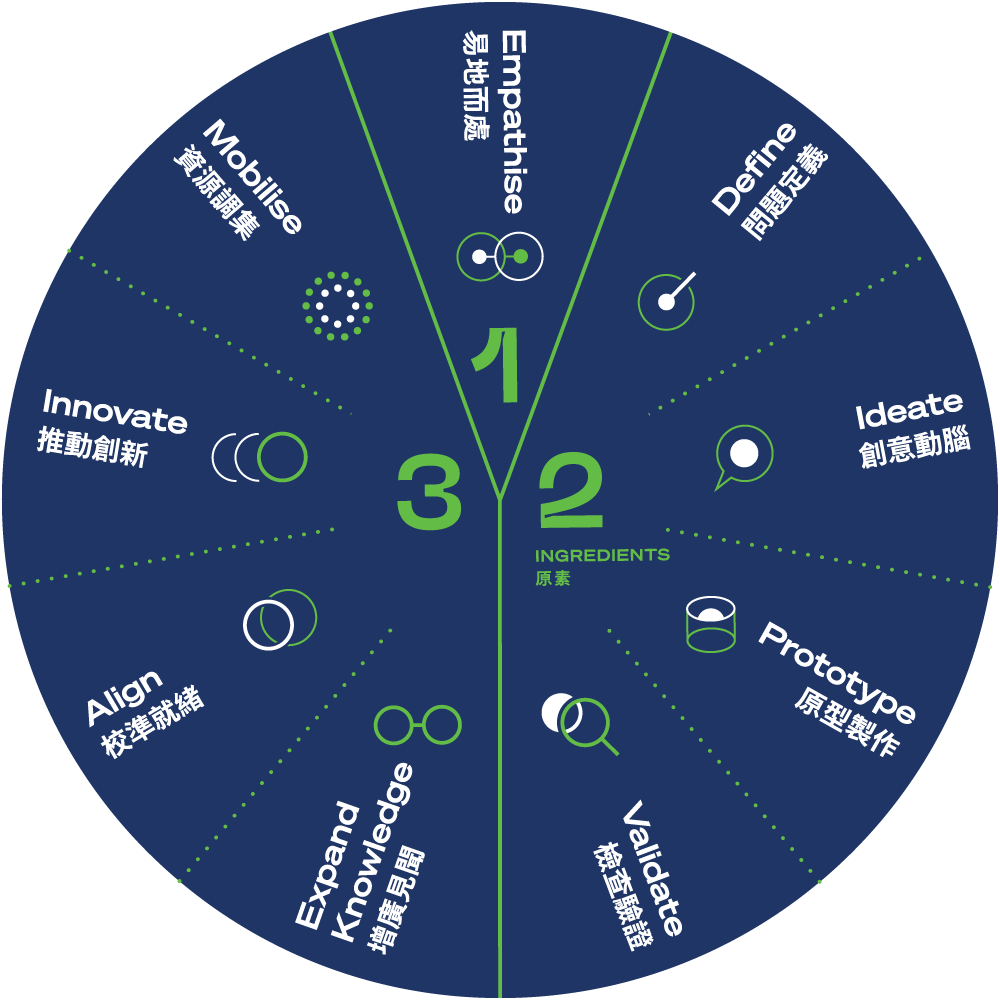
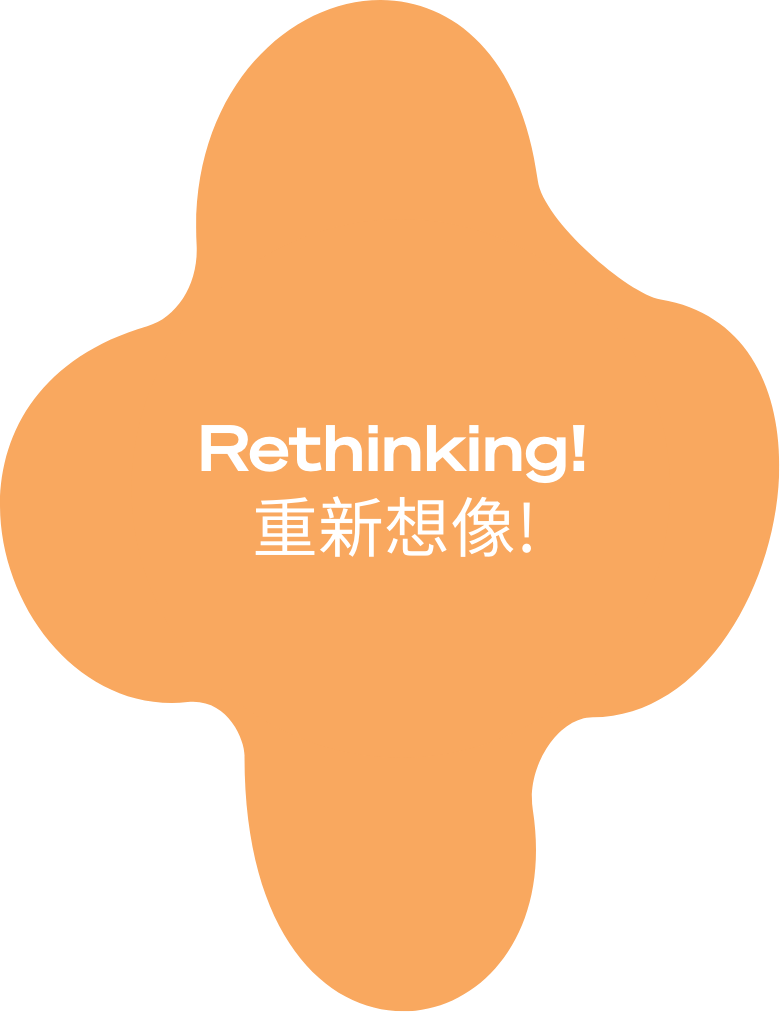
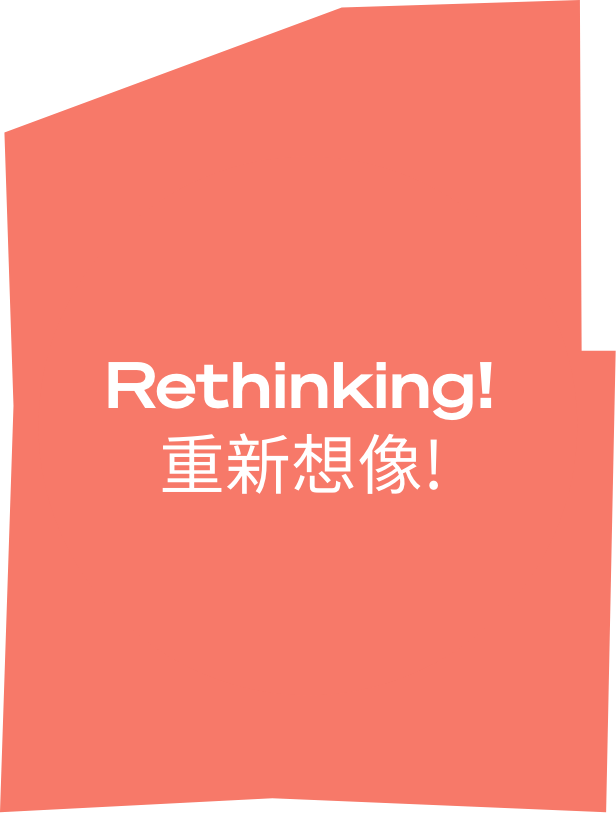
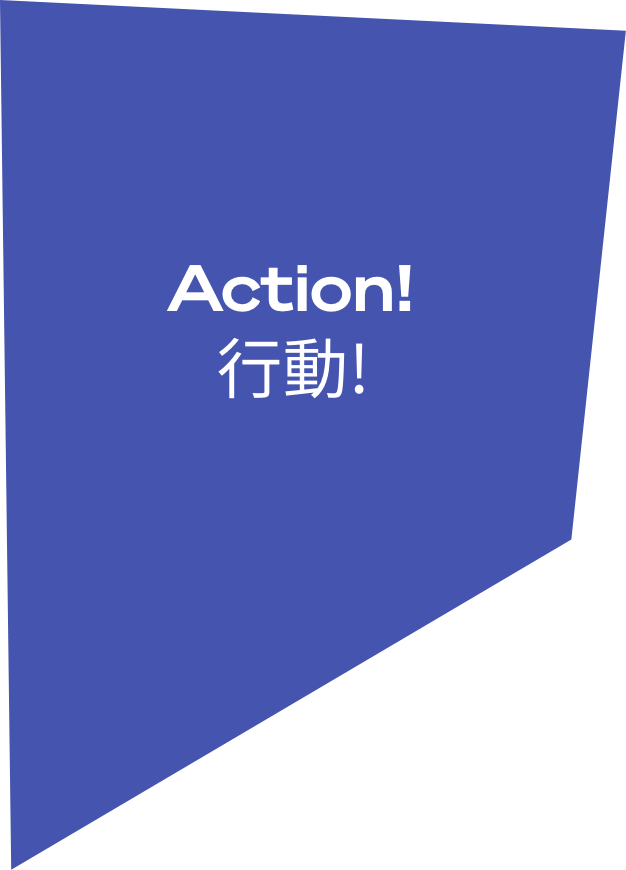
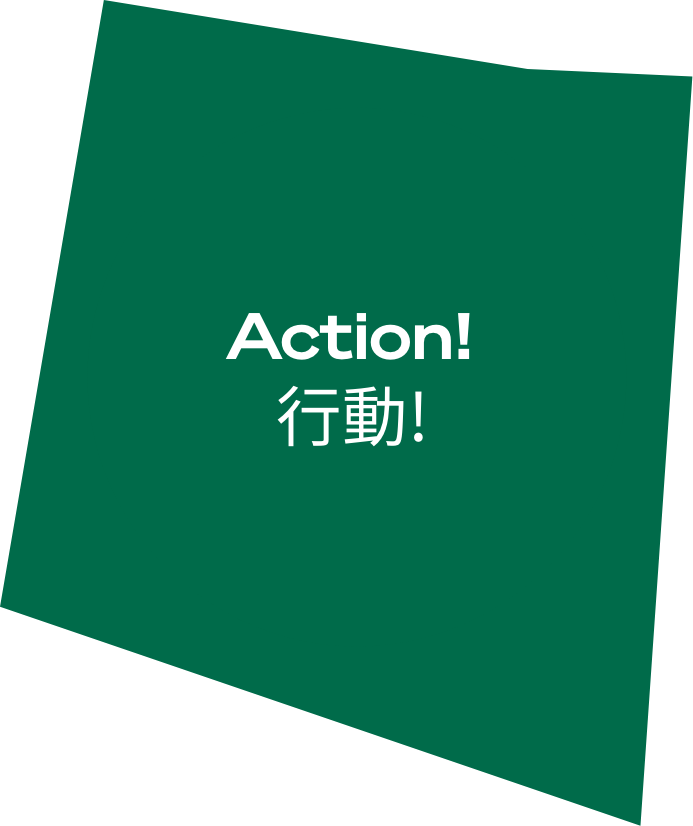
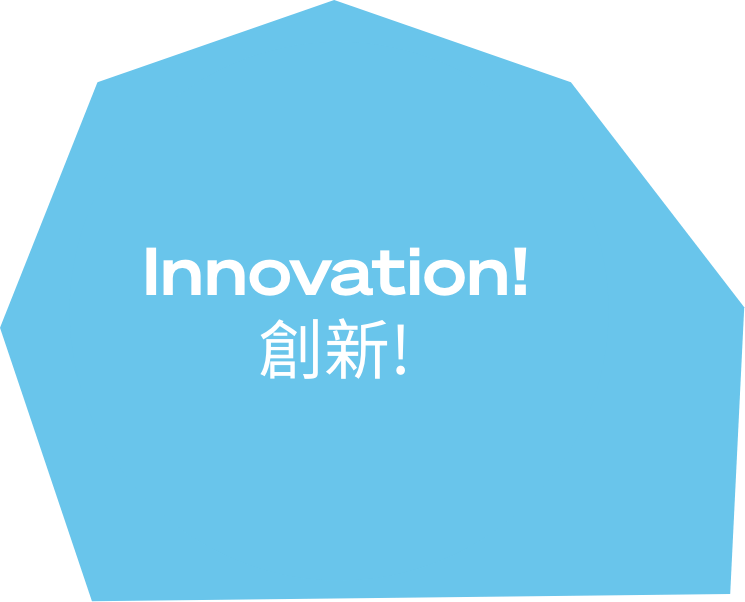










Relevant Action(s): Empathise
Relevant Action(s): Define, Ideate, Prototype, Validate
Relevant Action(s): Expand Knowledge, Align, Innovate, Mobilise
This toolkit is developed for POS practitioners, including government officials, designers, NGO operators and researchers. Applying Design Thinking on POS projects, it is an adaptable and interactive toolkit that can expand the team’s capability. Each ingredient below represents a set of actions and tools that you can use with a different group of audience, namely users, stakeholders and team, to expand wider and grow deeper on designing POS.
Ingredient 1: Discover with Users
Relevant Action(s): Empathise
The set of tools in this action allows your team to listen to and understand users. From a larger number of audience and more quantitative responses, to a smaller number of audience for more focused and qualitative responses, the tools can assist your team to reach your target audience.
Ingredient 2: Define and Develop with Stakeholders
Relevant Action(s): Define, Ideate, Prototype, Validate
The set of tools in these actions allow your team to define the key issue based on INGREDIENT I actions. By asking the right questions, the team can co-create and come up with different design possibilities to respond to the needs and wants of the community. Moreover, the tools can help prototype and test new design ideas with the community. It helps you gain buy-in on the design from stakeholders before implementation, which will ultimately yield better results.
Ingredient 3: Deliver Innovation with Teams
Relevant Action(s): Expand Knowledge, Align, Innovate, Mobilise
It is a common challenge to deliver innovation when the project objectives and scope are fixed by the project proponent. This Ingredient aspires to facilitate innovation by providing a set of tools specifically for the “post-project” and “pre-project” phases, where teams can take the learnings from other projects and create alignment between different teams and departments to drive towards innovation goals for future projects. There is also a tool to help the team rethink the tendering process for a new project, and ways to meet the needs of the team’s innovation goals to drive the mission and vision.
What is Design Thinking and how is it relevant to POS projects?
This volume will help you understand more about Design Thinking and engagement processes from a macro perspective. You will find usual combinations of engagement methods, principles and tips on conducting engagement and finding the right design direction and other useful resources.

Toolkit Overview



As a hands-on manual, this volume provides step-by-step guidance on using the 20 tools under the three-ingredient framework. Supplemented with examples, tips and video clips, it will assist you to effectively conduct engagement with users, stakeholders and your team.
Additional cards and templates can be downloaded with the full version of the toolkit.

Ch. 3 ingredient 1: How to pick the right tools












